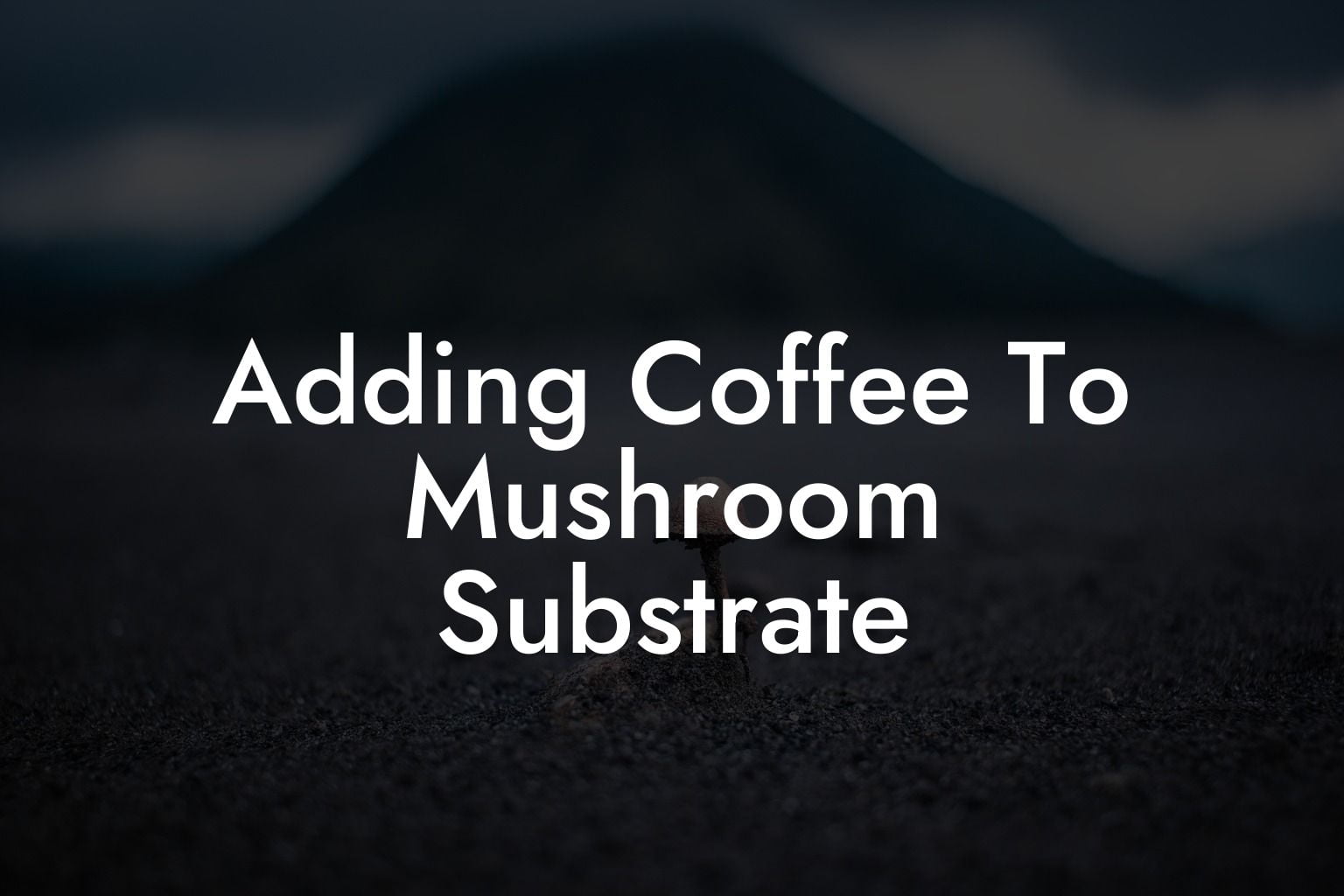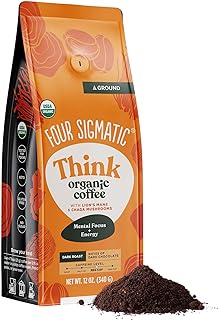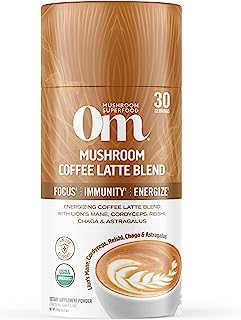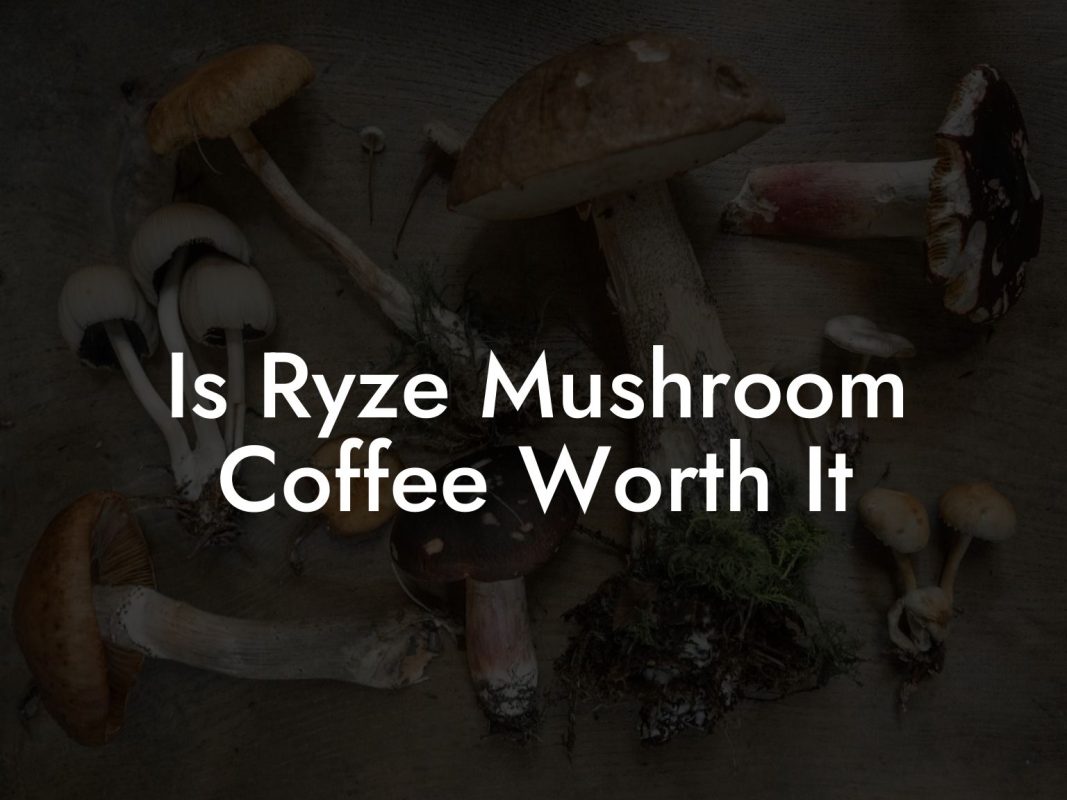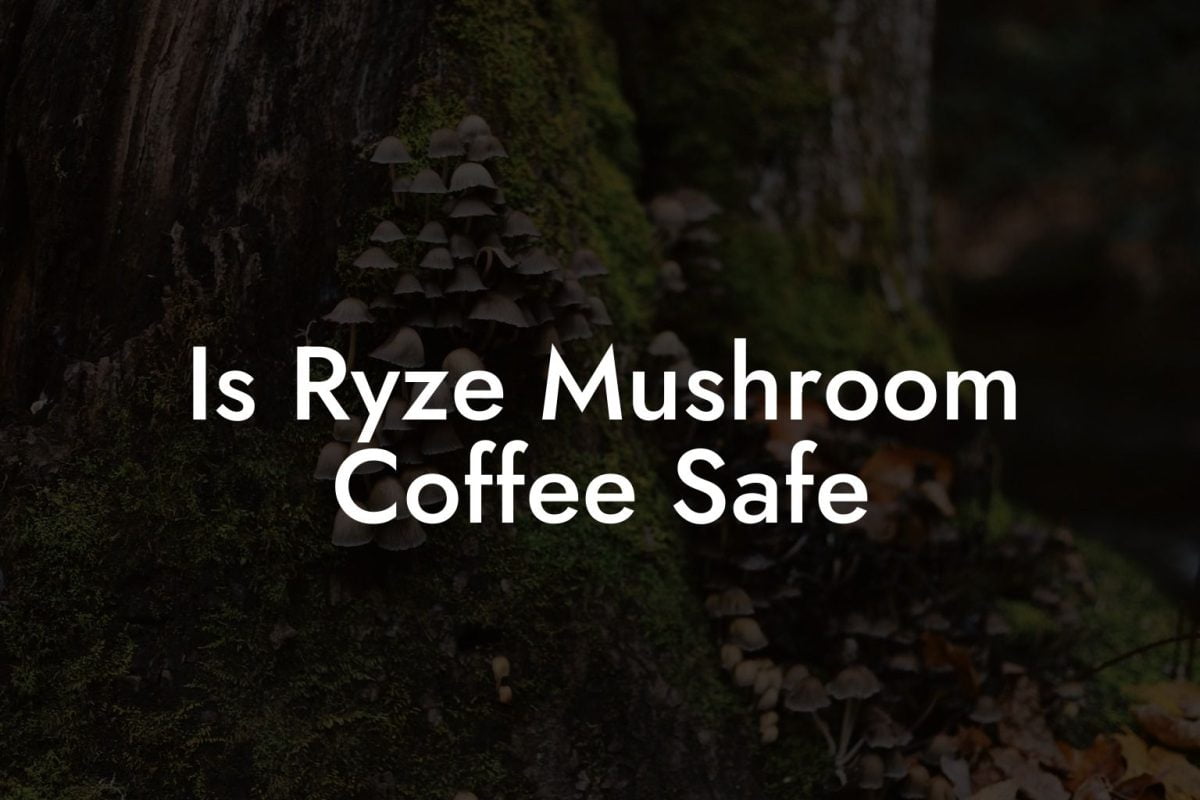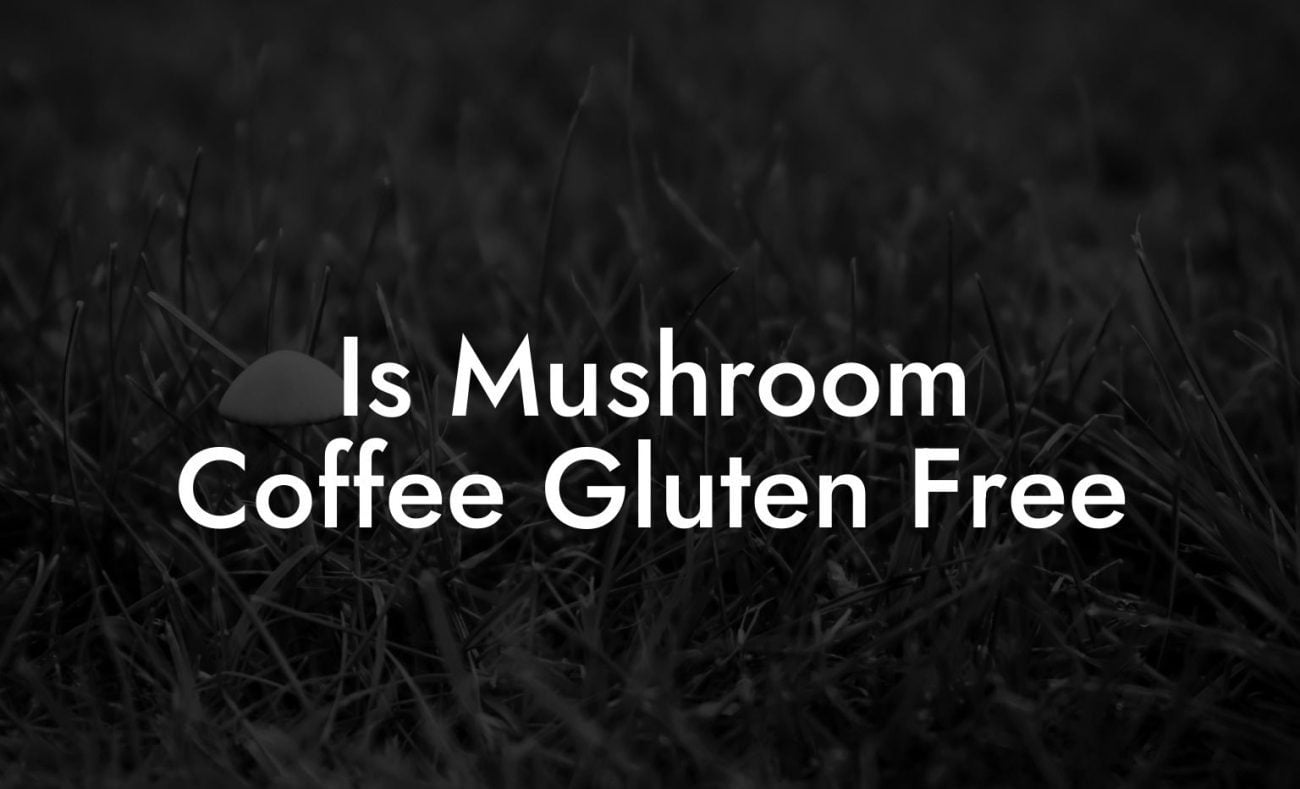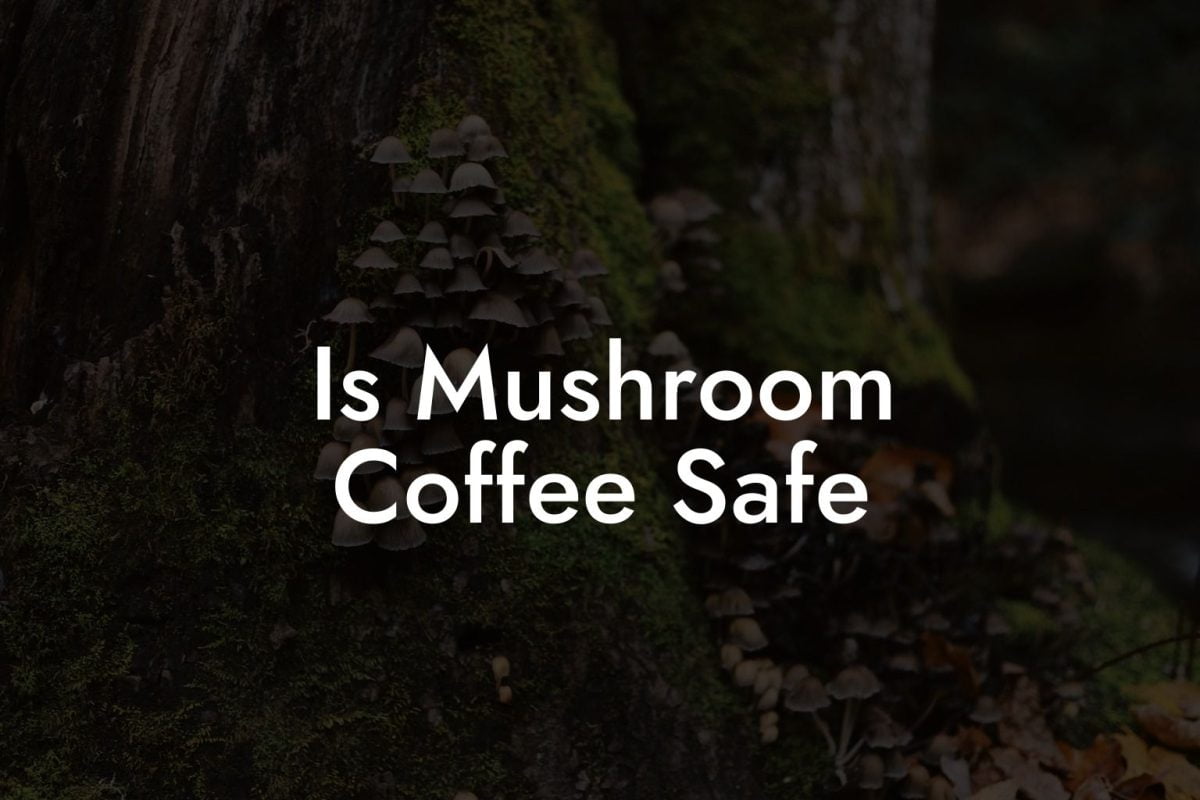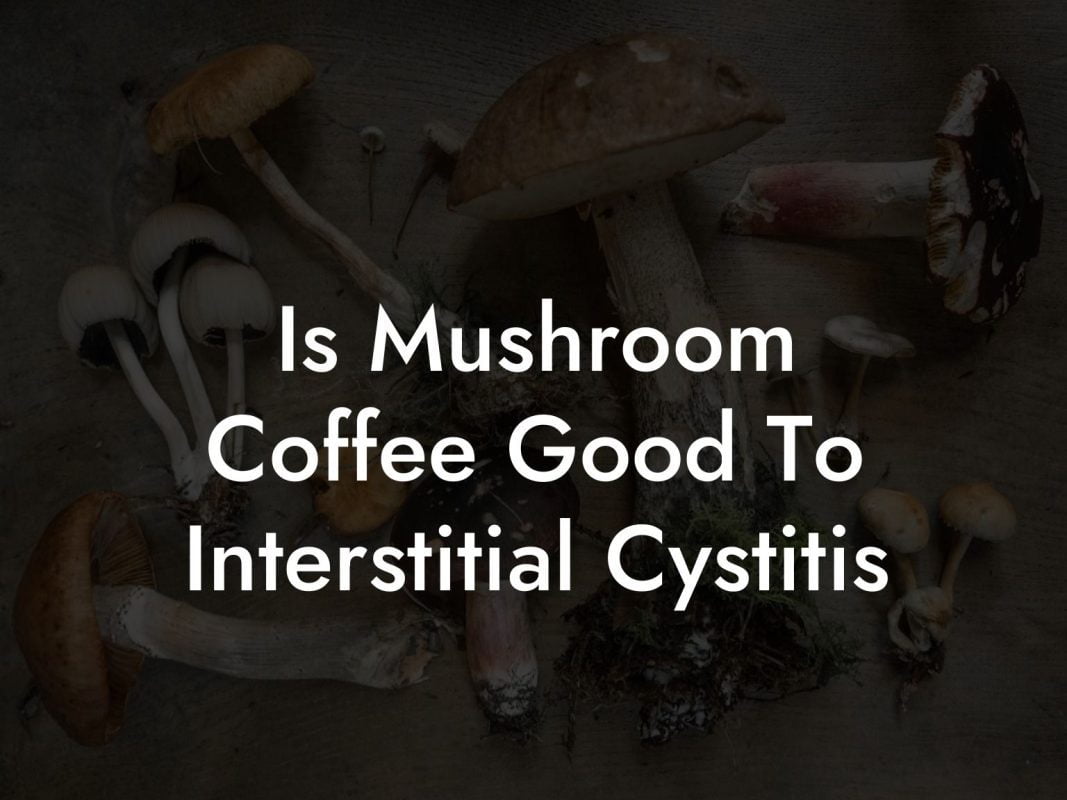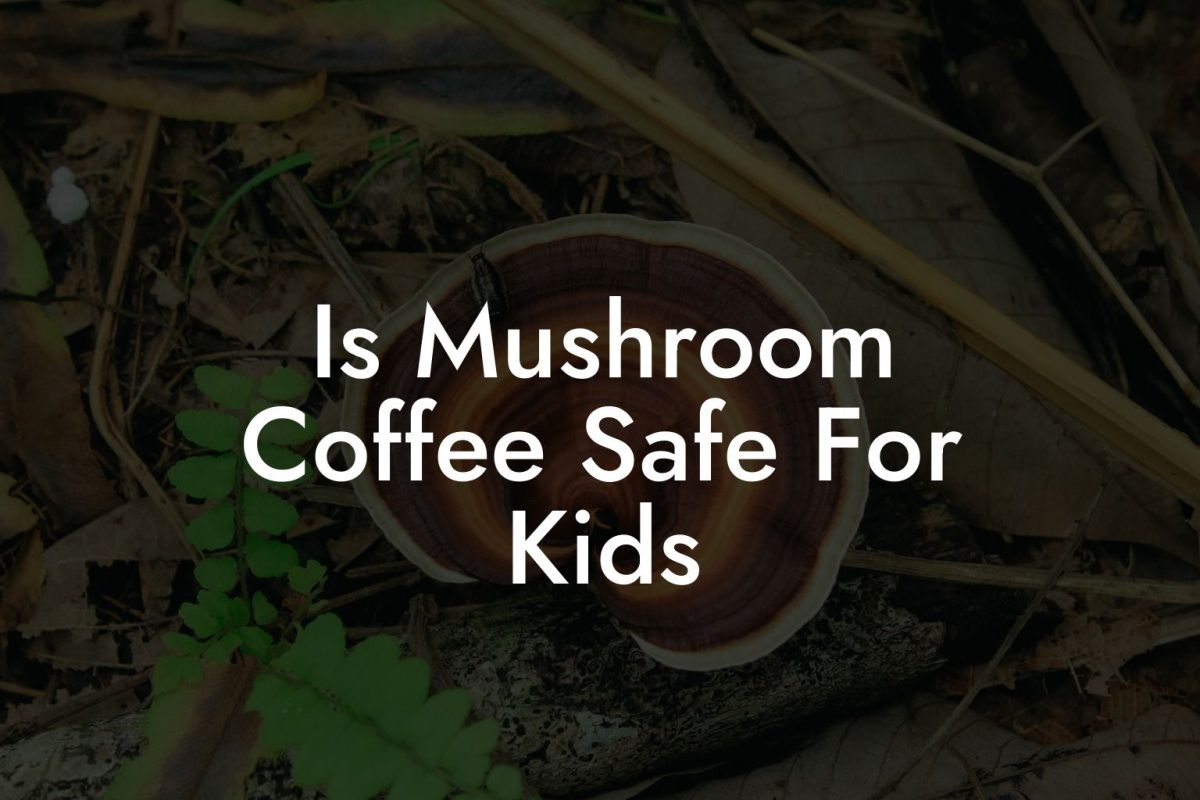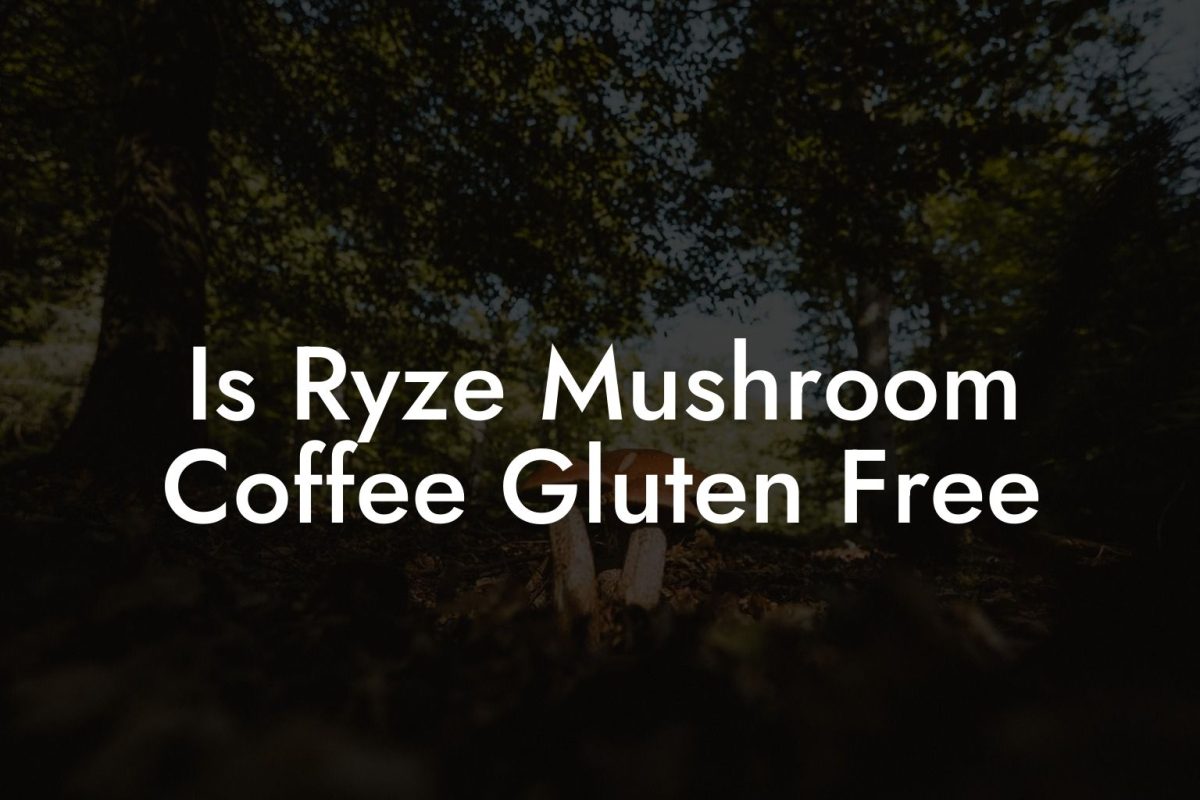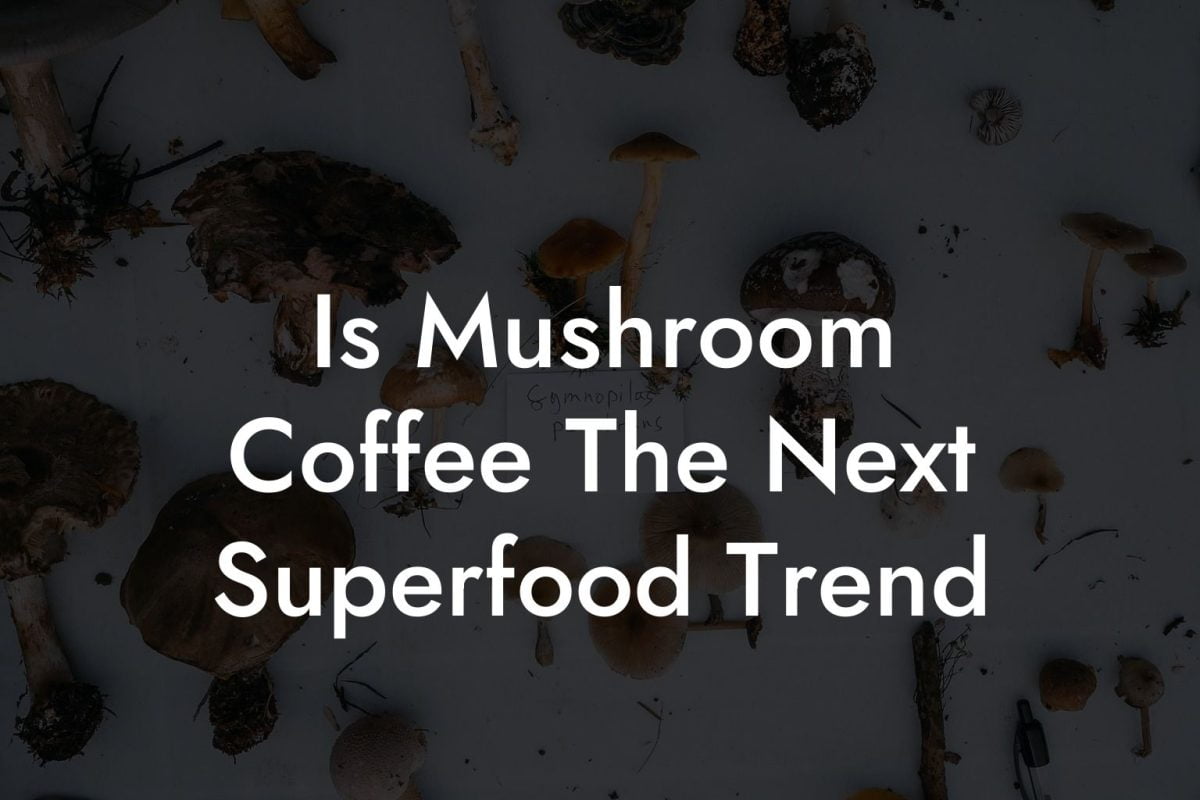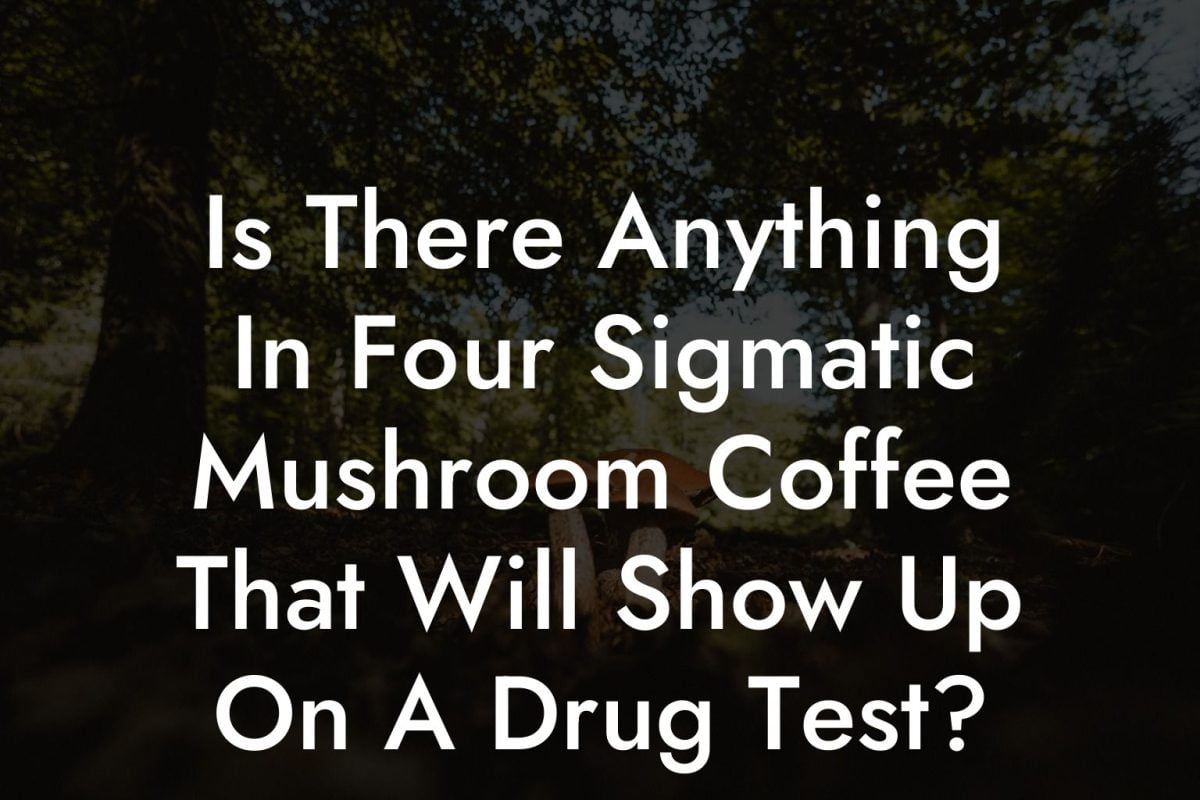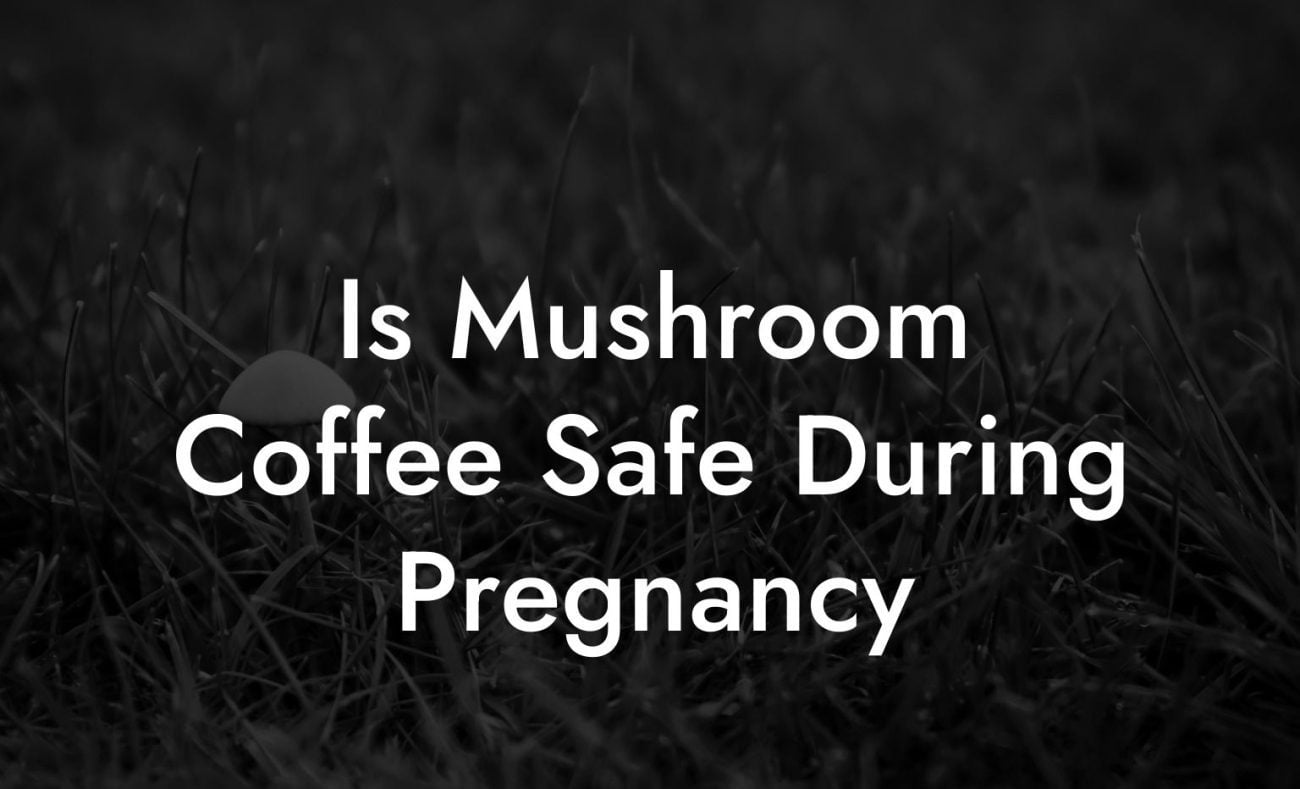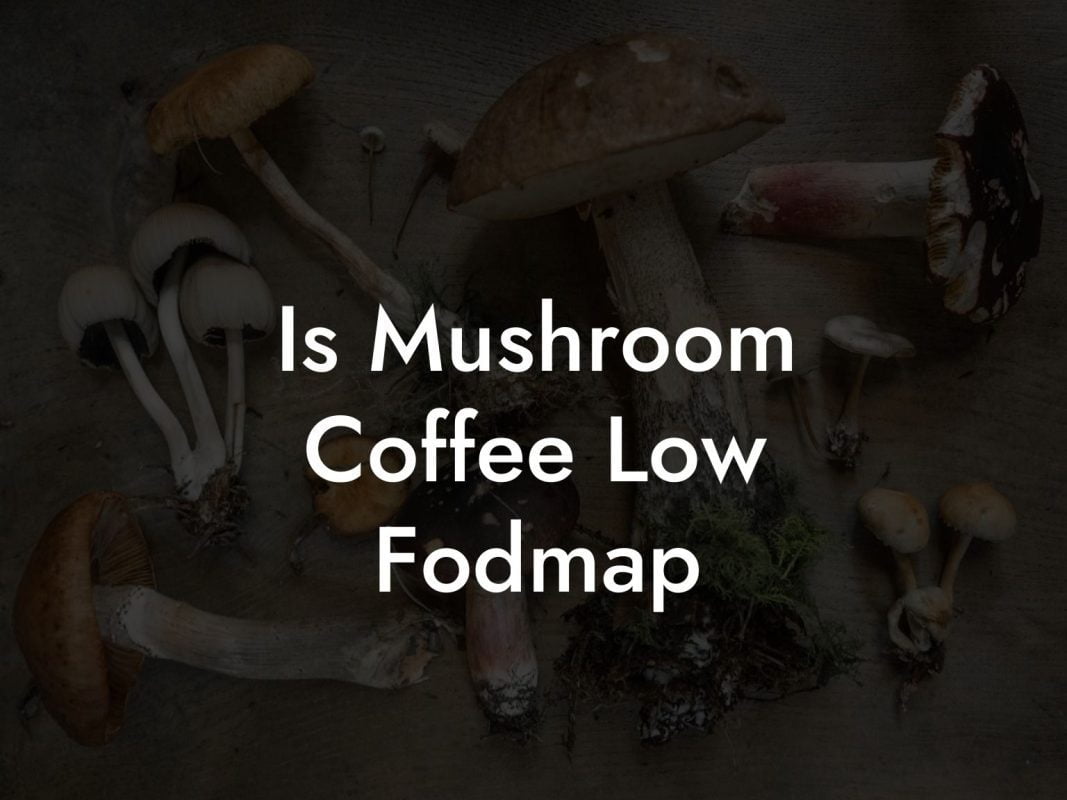Picture this: your favorite cup of joe meets the magical world of mushrooms, a union so epic that it not only energizes your day but also supercharges your mushroom cultivation. Welcome to the realm of adding coffee to mushroom substrate, where the rich, roasted aromas of coffee grounds intertwine with mycelial networks to create an environment bursting with flavor and vitality. Whether you’re a budding mycologist, a kitchen experiment enthusiast, or just someone looking to fuse two insanely cool trends, you’re in the right place. Let’s dive into this caffeinated journey and discover how coffee can transform your mushroom growing game!
Quick Links to Useful Sections
- What Is Coffee-Infused Mushroom Substrate?
- The Science Behind Coffee and Mushrooms: A Perfect Harmony
- Benefits of Using Coffee Grounds in Mushroom Cultivation
- Step-by-Step Guide to Creating Your Coffee-Infused Mushroom Substrate
- Materials You’ll Need
- Step 1: Collecting and Preparing Coffee Grounds
- Step 2: Preparing the Base Substrate
- Step 3: Mixing the Coffee Grounds with Your Substrate
- Step 4: Hydration and Pasteurization
- Step 5: Inoculation with Mushroom Spawn
- Step 6: Incubation
- Step 7: Fruiting and Harvesting
- Tips and Tricks to Enhance Mushroom Growth in Your Coffee-Infused Substrate
- Choosing the Right Coffee: Organic, Fair-Trade, and More
- Organic Coffee Grounds
- Fair-Trade Certifications
- Freshness and Roast Level
- Common Mistakes and How to Avoid Them
- Case Studies & Success Stories in Mushroom Coffee Cultivation
- The Urban Jungle Experiment
- From Waste to Wealth: A Home Grower’s Journey
- Innovative Research at the University Lab
- Eco-Friendly and Sustainable Practices in Mushroom Cultivation
- Frequently Asked Questions About Adding Coffee to Mushroom Substrate
- Resources and Community Support: Your Next Steps
- Your Journey to Creating the Ultimate Mushroom Coffee Experience
What Is Coffee-Infused Mushroom Substrate?
At its core, a substrate is the nutrient-rich medium that mushrooms call home. For mushroom cultivators, it’s the equivalent of a five-star meal that fuels rapid growth and establishes robust mycelial networks. Now, imagine combining that perfect foundation with actual coffee grounds, a waste product with untapped potential! Coffee-infused mushroom substrate is the deliberate integration of used coffee grounds into traditional mushroom growing mediums. This innovative twist not only recycles one of our favorite brews but also packs a nutritional punch due to the organic compounds found in coffee.
The concept might sound bizarre at first, but coffee grounds are naturally rich in nitrogen, providing a readily available energy source for your mushrooms. The result? Mushroom colonization that’s vigorous, healthy, and full of personality. Today, we’ll explore how to harness this dynamic duo to take your mushroom cultivation to vibrant, energetic new heights.
The Science Behind Coffee and Mushrooms: A Perfect Harmony
Now, let’s get a little geeky with the science behind this phenomenon. Mushrooms don’t get their energy from sunlight like plants; instead, they rely on decomposing organic matter. Coffee grounds, with their abundance of nitrogen-rich compounds like proteins and amino acids, provide exactly that. When intermingled with other organic materials, straw, sawdust, or even soil, coffee grounds help create a bioactive environment that supports vigorous mycelial expansion.
Research suggests that coffee grounds can enhance the enzymatic activity of certain mushroom species during substrate colonization. Think of it as giving your mushroom friends a power-up, similar to how a trending energy drink might boost your productivity. The ideal pH levels and moisture content of coffee-enriched substrates foster a microbial community that’s highly beneficial for mycelial health, basically, it’s a win-win situation!
Looking For The Best Mushroom Coffee? You'll Love These:
Moreover, the natural caffeine residue in coffee grounds might stimulate mycelial growth in some species, though this area is still buzzing with ongoing research. These scientific insights pave the way for a more sustainable, organic, and downright funky approach to mushroom cultivation.
Benefits of Using Coffee Grounds in Mushroom Cultivation
There are plenty of reasons why adding coffee to your mushroom substrate is a game-changer. Let’s break down some of the top benefits:
- Nutrient Boost: Coffee grounds are rich in nitrogen and other nutrients, providing a stellar food source for your growing mycelium.
- Enhanced Growth: The chemical properties of coffee can accelerate the colonization phase, leading to faster and more robust mushroom growth.
- Eco-Friendly Recycling: Repurposing used coffee grounds transforms waste into a valuable resource, promoting sustainability and reducing landfill waste.
- Cost-Effective: Coffee grounds are often free from your local café or easily sourced from your own morning routine, making them a budget-friendly amendment for your substrate.
- Improved Flavor Profiles: Some cultivators even claim that mushrooms grown on coffee-infused substrate possess enhanced flavor characteristics, adding an extra oomph to your favorite dishes or mushroom coffee blends.
These benefits aren’t just theoretical, they’re backed by a growing community of indie cultivators and scientific studies exploring innovative, sustainable practices in agriculture and mycology.
Step-by-Step Guide to Creating Your Coffee-Infused Mushroom Substrate
Ready to get your hands dirty? Here’s your ultimate guide to crafting the perfect coffee-infused substrate for mushroom cultivation.
Materials You’ll Need
- Used coffee grounds (preferably organic and free from synthetic additives)
- Your base substrate (straw, sawdust, coco coir, or a mix)
- Water (filtered or distilled for the best pH balance)
- Mushroom spawn of your choice (oyster, shiitake, lion’s mane, or others)
- Mixing container or large bucket
- Protective gloves and mask (for hygiene and safety)
- A spray bottle for moisture control
Step 1: Collecting and Preparing Coffee Grounds
Start by sourcing used coffee grounds, your local coffee shop might happily donate their leftovers, or you can simply save your own. Once you’ve got your grounds, spread them out on a clean drying sheet for a few hours. This helps reduce excess moisture and minimizes the risk of contamination. Pro tip: avoid letting mold take hold by spreading them thin!
Step 2: Preparing the Base Substrate
Whether you’re using straw, sawdust, or coir, ensure your chosen substrate is properly pasteurized or sterilized. This process reduces competing microorganisms and creates a welcoming environment for mushroom spawn. Follow standard procedures for your substrate, boiling, steaming, or chemical pasteurization methods are all viable options.
Step 3: Mixing the Coffee Grounds with Your Substrate
Once your substrate has cooled and the coffee grounds are dry, it’s time to combine them. The general rule of thumb is to mix in coffee grounds at approximately a 10-20% ratio by weight. Too much coffee, however, can lead to an overly acidic environment, so calibrate carefully. Mix thoroughly in your bucket, ensuring an even distribution of coffee and substrate.
Step 4: Hydration and Pasteurization
After mixing, check the moisture level of your substrate. It should be damp enough to clump together when squeezed, but not so wet that water droplets form. Use your spray bottle to adjust the moisture appropriately. If further pasteurization is needed, subject the mix to additional heat treatment to maintain a clean environment for your spawn.
Step 5: Inoculation with Mushroom Spawn
Now comes the fun part: spawn inoculation. In a sterile environment, evenly distribute your mushroom spawn throughout the coffee-infused substrate. Be sure to don your protective gloves and mask to minimize any risk of contamination. Mix gently to ensure that every nook and cranny of your substrate is colonized.
Step 6: Incubation
Transfer your inoculated substrate into your chosen container, this could be bags, bins, or even DIY plastic tubs. Place the container in a dark, warm, and humid environment ideal for mycelial growth. During this incubation phase, maintain stable humidity and temperature levels to allow the spores to colonize effectively.
Step 7: Fruiting and Harvesting
Once the substrate is fully colonized, trigger the fruiting phase by introducing fresh air, light, and a slight drop in temperature. Watch as those baby mushrooms burst forth where the nutrient-rich coffee substrate provided all the sustenance they needed. Harvest as they mature to preserve peak flavor, and get ready for your next caffeinated mushroom creation!
Following these detailed steps will help ensure that your coffee-infused substrate supports robust mushroom growth and a bountiful harvest.
Tips and Tricks to Enhance Mushroom Growth in Your Coffee-Infused Substrate
While the basic recipe is straightforward, there are plenty of insider tips to maximize your success:
- Monitor pH Levels: Coffee grounds tend to be slightly acidic. Keep an eye on the substrate pH to ensure it doesn’t fall below the optimal range for your chosen mushroom species. Consider adding a small amount of lime or wood ash if necessary.
- Temperature Control: Consistent temperatures are key. Mycelium typically thrives around 70-75°F (21-24°C), so adjust your incubation area accordingly.
- Humidity is Your Friend: Use a spray bottle regularly to keep the environment moist (but not soggy). A humidifier in your growing area can also bolster success.
-
Sterile Techniques:
Cleanliness is crucial when working with mushroom substrates. Sanitize your hands, tools, and working surfaces to prevent contamination. -
Optimal Blend Ratio:
Experiment with different ratios of coffee grounds to base substrate. Start small, and document your results to find the perfect balance for your mushroom strain. -
Use Fresh Coffee:
The fresher the coffee grounds (still slightly warm from your brew), the better the infusion potential, just be careful not to incorporate overly wet grounds that could disrupt the moisture balance.
These tricks, honed by both amateur growers and seasoned mycologists alike, can turn a decent mushroom crop into an extraordinary one, all while keeping things sustainable and fun.
Choosing the Right Coffee: Organic, Fair-Trade, and More
In the quest for the ultimate coffee-infused substrate, not all coffee grounds are created equal. The quality of your coffee will undoubtedly influence your mushroom’s habitat. Here are some factors to consider:
Organic Coffee Grounds
Organic coffee is free from synthetic pesticides and chemicals that can wreak havoc on your substrate’s delicate microbial balance. Using organic grounds ensures that your mushrooms are exposed to pure, unadulterated nutrients.
Fair-Trade Certifications
For those who care about ethical sourcing, fair-trade coffee guarantees that the beans were produced under sustainable practices and fair labor conditions. This adds an extra layer of responsibility and consciousness to your mushroom cultivation journey.
Freshness and Roast Level
The roast level of your coffee can affect its chemical composition. Medium roasts tend to have a balanced flavor profile and nutrient content, making them ideal for substrate augmentation. Avoid overly dark roasts that might favor a too acidic environment, unless you’re adept at adjusting the pH.
By paying attention to these details, you not only support sustainable practices but also optimize the conditions for your mycelial success.
Common Mistakes and How to Avoid Them
Even the most seasoned cultivators can stumble upon pitfalls when incorporating coffee into mushroom substrate. Here are some common mistakes and tips for avoiding them:
-
Overloading on Coffee:
While it’s tempting to add heaps of coffee grounds for that extra boost, too much coffee can tip the balance, making the substrate too acidic. Stick to the recommended 10-20% mix and adjust gradually. -
Neglecting Moisture Levels:
Coffee grounds can be either too wet or too dry. Regularly check your substrate’s moisture level; it should feel like a damp sponge rather than a soaked pillow. -
Poor Sterilization:
Contamination is the enemy of mushroom growth. Failing to pasteurize or properly sterilize your substrate can lead to unwanted mold or bacterial growth. Always adhere to sterilization protocols. -
Ignoring pH Balance:
The natural acidity of coffee requires monitoring. Use pH strips or a digital meter to ensure the substrate remains within the optimal range for your mushroom species. -
Lack of Airflow:
Over-packing your substrate without proper ventilation can lead to anaerobic conditions, hindering mycelial growth. Ensure that your growing containers have enough airflow during the fruiting stage.
With these troubleshooting tips in mind, you’re well-equipped to sidestep common issues and sustain a flourishing, coffee-powered mycelial kingdom.
Case Studies & Success Stories in Mushroom Coffee Cultivation
Sometimes the best inspiration comes from real-life success stories. Across the globe, a vibrant community of mushroom cultivators have embraced coffee-infused substrate methods, achieving remarkable yields and experimenting with innovative techniques.
The Urban Jungle Experiment
In an urban community garden in Portland, a group of innovative growers began incorporating spent coffee grounds from local cafés into their oyster mushroom cultivation. Not only did they notice a 30% increase in growth rate compared to traditional substrates, but they also reported a richer, more robust flavor profile. The success of this experiment sparked numerous workshops and pop-up events, uniting city dwellers passionate about sustainability and gourmet mushrooms.
From Waste to Wealth: A Home Grower’s Journey
Meet Alex, a self-proclaimed eco-warrior and coffee addict who turned his daily coffee habit into a thriving mushroom farm. Alex started by collecting coffee grounds from his favorite neighborhood café and mixing them with sawdust and coconut coir. The result? A cornucopia of shiitake mushrooms, whose rapid colonization and generous yields reinvigorated his passion for sustainable living. His journey has been documented online, inspiring a wave of DIY mushroom enthusiasts to take up the banner of eco-friendly cultivation.
Innovative Research at the University Lab
At a cutting-edge agriculture lab, researchers experimented with various ratios of coffee grounds blended with traditional substrates. The study revealed that a balanced mix not only accelerated mycelial colonization but also reduced contamination rates. This breakthrough has opened new avenues in sustainable agricultural practices and spurred further research into leveraging organic waste for food production.
These case studies underscore that, whether you’re an urban gardener, a home experimenter, or a professional researcher, adding coffee to your mushroom substrate can revolutionize the way you grow, and think about, mushrooms.
Eco-Friendly and Sustainable Practices in Mushroom Cultivation
Integrating coffee grounds into your substrate isn’t just about boosting mushroom growth, it’s also a commitment to sustainability. This eco-friendly approach transforms what would otherwise be waste into a valuable resource, forming a core part of a broader sustainable agriculture movement.
Growing mushrooms using recycled coffee grounds reduces your environmental footprint and supports the circular economy. By repurposing local waste, you help minimize landfill contributions while nurturing a thriving, organic ecosystem. Moreover, many modern cultivators are pairing this method with other eco-friendly practices like using renewable energy for incubation and sourcing locally made, biodegradable supplies.
Embracing these sustainable techniques not only benefits your immediate growing efforts but also contributes to a healthier planet, an ethos that resonates strongly with the Gen-Z and millennial communities.
Frequently Asked Questions About Adding Coffee to Mushroom Substrate
We know you have questions, and we’re here to provide answers! Explore our FAQ section below, where we address the most common queries about integrating coffee into your mushroom cultivation process.
1. Is it safe to mix coffee grounds with my mushroom substrate?
Absolutely! Coffee grounds are a nutrient-dense addition that can enhance the growth of many mushroom species when used in the proper ratios. Just be mindful of the pH and moisture levels.
2. What ratio of coffee grounds should I use?
Experts recommend incorporating coffee grounds at about 10-20% of the total substrate weight. Experimenting within this range will help you find the sweet spot suitable for your specific mushroom variety.
3. Do I need to sterilize the coffee grounds?
Yes, it’s crucial to let your coffee grounds dry out and, if possible, pasteurize your substrate mixture. This minimizes the risk of contamination, ensuring a healthy environment for your mycelium.
4. Can I use flavored or decaffeinated coffee?
It’s best to use plain, organic coffee grounds without added flavors or chemicals. Flavored coffees could contain additives that might interfere with mycelial growth, and decaf has a slightly different chemical profile.
5. How does coffee benefit mushroom growth naturally?
Coffee grounds provide excess nitrogen and other essential nutrients that boost enzymatic activity in the substrate. This creates an environment where mycelium can thrive and colonize more rapidly.
6. What are the best mushroom species for coffee-enriched substrates?
Oyster, shiitake, and lion’s mane mushrooms are popular choices because they respond well to the enhanced nutrient profile provided by coffee grounds.
7. Can I reuse the substrate after harvesting mushrooms?
While it might be challenging to reuse heavily colonized substrates, some enthusiasts experiment with rehydrating and relaunching a new batch of spawn. Results can vary depending on contamination levels and remaining nutrients.
8. Are there any drawbacks I should be aware of?
Overuse of coffee grounds can lead to overly acidic conditions or imbalances in moisture. Monitoring and adjusting your substrate’s pH and water content is key.
As you embark on your coffee-infused mushroom cultivation journey, these FAQ responses should serve as a reliable guide to troubleshoot and optimize your process.
Resources and Community Support: Your Next Steps
The world of coffee-infused mushroom substrate is vibrant and ever-growing, much like the mycelium itself. To further support your journey, check out these key resources and communities:
- Online Forums and Social Groups: Platforms like Reddit’s r/mycology and Facebook groups dedicated to mushroom cultivation are buzzing with tips, success stories, and troubleshooting advice. Join the conversation and share your experiences!
- Mycology Workshops and Webinars: Many sustainable agriculture and mycology centers offer hands-on workshops that help you master the art of substrate preparation, including using coffee grounds. Look out for local events or online seminars.
- Specialized Blogs and YouTube Channels: From in-depth articles to detailed video tutorials, numerous online creators break down the coffee-infused substrate process step by step. These resources can be especially useful for visual learners.
- Academic Research and Journals: For those who want to dive deep into the science, research papers on mycelial enzymatic activity and sustainable practices can provide a robust theoretical background.
- Sustainable Farming Networks: Getting involved with local ecological farming groups or community-supported agriculture initiatives can provide further inspiration and practical know-how on integrating sustainable practices into everyday life.
Tapping into these resources not only enhances your technical knowledge but also connects you with a community as passionate about sustainable, innovative cultivation as you are.
Your Journey to Creating the Ultimate Mushroom Coffee Experience
There’s something undeniably magical about blending two of our favorite passions: coffee and mushrooms. By incorporating coffee grounds into your mushroom substrate, you’re not only breathing new life into waste materials, but you’re also unlocking a realm of enhanced growth, richer flavors, and sustainable living.
As you embark on this journey, remember that experimentation is part of the fun. The world of mycology thrives on curiosity, creativity, and the willingness to try something new, even if that means a few unexpected challenges along the way. Each batch you create is a step towards mastering a craft that bridges culinary art and environmental stewardship.
From your first mix of coffee and substrate to the moment your mushrooms begin to burst through the medium, every step is a testament to innovation, sustainability, and the bold spirit of modern cultivation. Embrace every learning experience, from the tweaks in your coffee-to-substrate ratio to the subtle adjustments needed to perfect moisture levels, and let your curiosity guide you.
This is more than just growing mushrooms; it’s about pioneering a new, eco-friendly method that resonates with the values of sustainability, creativity, and the relentless pursuit of unique flavors. Whether you’re cultivating a gourmet ingredient for your next culinary masterpiece or launching your own mushroom coffee brand, your journey is one of continuous discovery.
So grab your coffee grounds, don your gloves, and set up your substrate station. The adventure into a world where coffee and mushrooms coalesce is just beginning, and the possibilities are as limitless as your imagination.
Welcome to your new favorite DIY project, a celebration of sustainability, innovation, and the bold, adventurous spirit of modern cultivation. Enjoy every moment of it, and savor the rewards of your efforts, one delicious mushroom at a time.
Looking For The Best Mushroom Coffee? You'll Love These:
Useful Interruption: Dive deeper into the world of Mushroom Coffee with our most popular sections. If there is anything you think is missing or anything you would love for us to write about, just give us a shout.
- Mushroom Coffee Equipment & Product Reviews
- Mushroom Coffee Recipes & Creative Variations
- Mushroom Coffee Guides & Troubleshooting
- Mushroom Coffee Brewing & Preparation Techniques
- Model Rocket Advanced Rocketry & Innovations
- Mushroom Coffee Fundamentals
- Model Rocket Equipment Reviews & Digital Tools
- Mushroom Coffee Health Benefits & Wellness
- Mushroom Coffee Mycology & Scientific Insights
- Mushroom Coffee Community, Lifestyle & Engagement
I tried mushroom coffee this morning and told my friend, "This brew is spore-tacular!" He shot back, "Guess that's why it's such a cap-tivating way to kickstart your day!"

